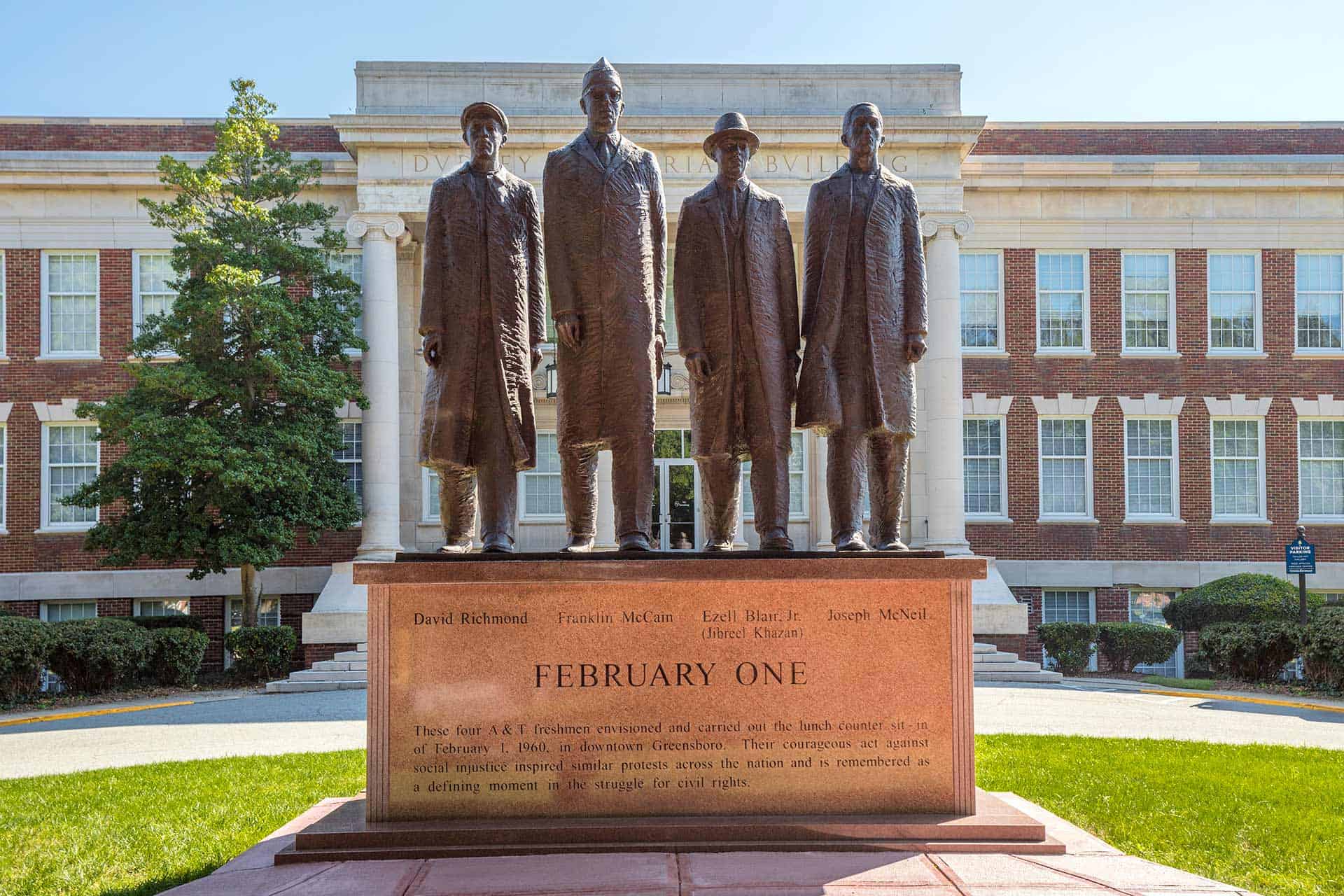Black Travel

Perhaps travel cannot prevent bigotry, but by demonstrating that all peoples cry, laugh, eat, worry, and die, it can introduce the idea that if we try and understand each other, we may even become friends.
— Maya Angelou
This collection of Black Travel stories brings to life the full narrative of Black history and heritage through the lens of travel. Here, we share the journeys, perspectives, and voices of Black travelers who explore the world with curiosity and resilience. Each story captures the unique challenges and joys Black travelers experience, from discovering places of cultural significance to navigating complex racial dynamics across different borders.
Through these narratives, readers will see Black history illuminated as travelers connect with diasporic communities, visit historic sites, and uncover stories often overlooked in traditional travel narratives. World Footprints is proud to amplify these voices, offering insights and inspiration that reflect the richness of the Black traveler’s journey. This category stands as a testament to the power of travel to bring understanding, pride, and a deeper appreciation of Black history across the globe.
In the grand scheme of world travel, Saint Vincent often gets overshadowed by its more famous neighbors. Some might say this little island should stay hidden to avoid the effects of mass tourism. But keeping such a beautiful place a secret would be a real shame. Saint Vincent, part of the Grenadine Islands, is a true paradise with its own unique charm and rich history.
Feeling unsafe in the U.S., many Black Americans are glad to be in other countries -- or eager to go abroad.
Mention Daytona Beach, Florida, and most people will either declare its glory as the birthplace of NASCAR or as the “World’s Most Famous Beach.” Daytona Beach and its surrounding communities occupy an iconic piece of Florida’s east coast. It turns out Daytona Beach is a treasure trove of Black history sites and stories.
From the new Morgan Freeman film, Invictus, to the 2010 FIFA World Cup Games, South Africa has become a lead actor on the world’s stage. What is most striking about this beautiful nation is that the South African natural landscape is as compelling as the journey through the places shaping the country’s transformation from apartheid to a multicultural democracy.
Traveling throughout the Caribbean and especially the West Indies, one can experience the cultural influences of the Garifuna people in the food, music, dance and island traditions.
During February, there is an influx of travel stories for the “Best Places to Celebrate Black History Month”. It’s great and there are so many places I want to visit! However, the same list almost disappears into the ether as soon as March 1st arrives.
Many people know the story of the African American town Rosewood from the movie about the massacre, but how many of us have heard of Goldsboro, Florida, the second black incorporated city in the United States, which also thrived and was subsequently destroyed?
Black History Month has been celebrated annually since the year 1926. First termed “Negro History Week,” Black History Month is honored each February.
As a Southern-born white woman, incorporating Black history sites into my travel plans never crossed my mind… until I married a Black man.
Our Creole cultural exploration takes us just outside New Orleans to the Old Mississippi River Road where we'll share the story of a Creole family and a plantation named Laura--voted "Best history tour in the USA" by Lonely Planet Travel and a top travel attraction in Louisiana.
Most recently, I traveled to Ghana over the holidays with friends and family. I tried many foods like fufu, bofrot, and my personal favorite, Jollof! I sat in the notorious Accra traffic for too many hours to count, and I spent Christmas on the beach. But the most important thing I did was visit two slave castles: Cape Coast and Elmina.
Plus-size travelers face challenges that aren't generally considered—lack of appropriate accommodations, one-sized fits all robes that don’t fit larger bodies, zipline cables that may not support extra weight and other concerns.














